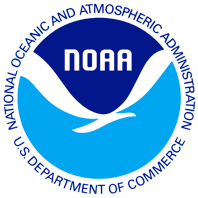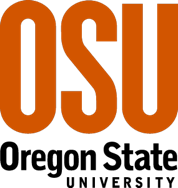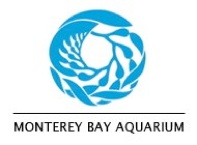PARTNERSHIPS
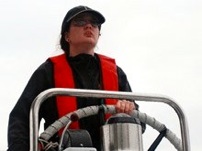
The summer of 2004 marked the beginning of a cutting edge education program with the Monterey Bay Aquarium, which to date has helped over 20,000 guests become better ocean stewards.
Join the Monterey Bay Aquarium for an educational day sail or enjoy a glass of champaign during a breathtaking evening sail.
Check out the exciting experiences people are having aboard the Baylis on the Aquarium’s Sealife Sail Log - there is everything from whale watching to a marriage proposal! Monterey Bay Aquarium, Share the Love.
“For the first time, scientists are using advanced technology and an innovative vessel to study, image, and map the unexplored offshore Northern San Andreas Fault from north of San Francisco to its termination at the junction of three tectonic plates off Mendocino, Calif.” NOAA-Sponsored Scientists First to Map Offshore San Andreas Fault and Associated Ecosystems
Since 2005 the Baylis has worked on White Shark tagging off the Farallon Islands with renowned researcher Barbara Block and Stanford’s Hopkins Marine Station. While the Baylis stays on station, the 18’ Wylie designed Stacy takes scientists out on the water to work with the sharks. Stacy cruises at the same speed as a Boston Whaler on 1/3 the fuel and 1/3 the horse power.
For more information, check out the Great White Shark Study - SF Gate and the home page of Tagging of Pacific Predators.
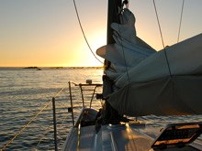
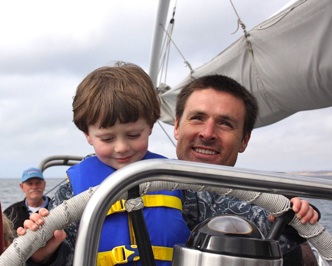
During the summer months, the Baylis partners with the Monterey Bay Aquarium to inspire conservation of the oceans; taking the public on the water to engage in real-time marine science. The rest of the year, the Baylis works as a contract research vessel for scientific communities such as NOAA and Sealife Conservation. Please click the hyperlinks to learn more about our exciting collaborations.
“The basic idea for this project goes back to being a kid and rearing one later on. It’s a tribute to the excitement of curiosity and discovery during childhood; its about figuring things out, whether you are a scientist or a student exploring the ocean playground.”
“...an eco-friendly ship such as the DMB (Baylis) offers distinct advantages over conventionally powered research platforms. The DMB can travel quietly, economically and emit zero pollution...The low radiated noise of the Baylis will improve data quality from the acoustical sensing systems. Added stability from the auxiliary sails will reduce the motion corrections (mostly roll compensation) needed for multibeam echosounder data, also improving data quality. ”
OSU ‘Green’ Research Exploration On Board the Derek M. Baylis
—Tom Wylie
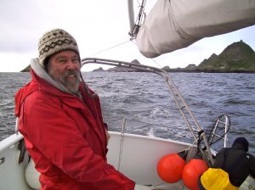
The Mission of The Clean Ocean Project is to “locate, remove, and recycle plastic debris from the world’s oceans.” WYLIE DESIGN GROUP is partnering with The Clean Ocean Project to build sustainable solutions for harvesting floating plastic debris for the North Pacific Gyre.
Read Tom’s Presentation to The Monterey Bay Aquarium - Solutions to Climate Change
Geoff Shester PhD, of Oceana chose the Baylis for his ROV project because his researchers could get onsite quickly and efficiently while enjoying an incredibly pleasant experience. Please view the KSBW news broadcast and visit the OCEANA home page.
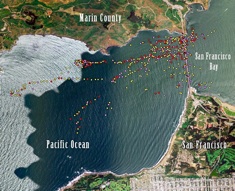

Sealife Conservation is a non-profit organization committed to inspiring ocean conservation by teaching individuals about the threats our oceans currently face. Aboard the Baylis, Sealife Conservation is engaged in original research documenting the volume, distribution, and sources of trash in the North Pacific Ocean.
Photos courtesy of NOAA
Photos courtesy of Sealife Conservation, NOAA, SF Gate, Martijn J. Stiphout and WYLIECAT.
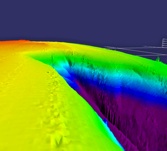
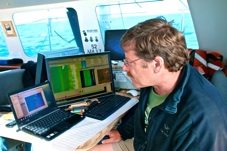
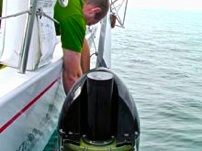
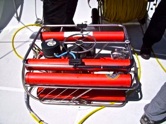

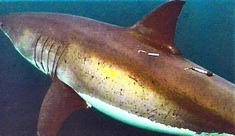
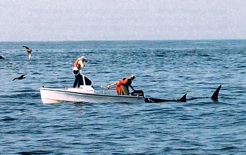
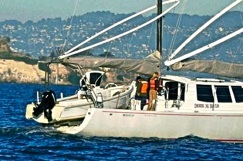
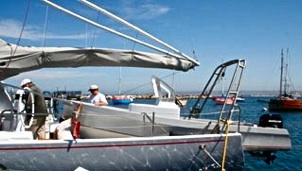
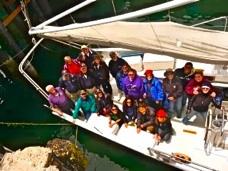
In 2012, the Cascadia Research Collective chose the Baylis to study the beaked whales off the coast of Southern California. The stealth nature of the Baylis makes her an ideal vessel for studying marine life and getting accurate readings off sonar equipment.
